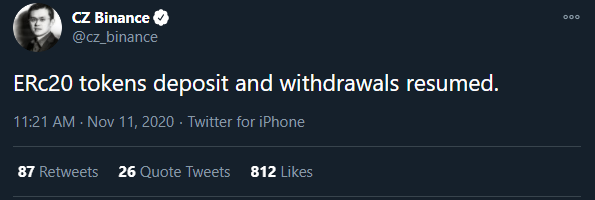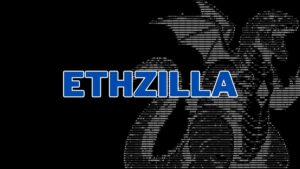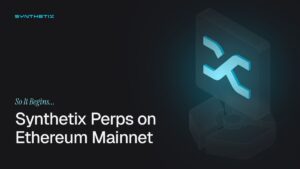Leading cryptocurrency exchange Binance decided to stop all Ethereum withdrawals amidst a minor hard fork. Initial reports of outages and instability at infrastructure platforms such as Infura and Blockchair led to the decision. The exchange has temporarily disabled all withdrawals for ETH, but they have now been resumed.
Infura, a hosting service that most exchanges use to interact with the Ethereum network, experienced several issues today. Furthermore, we note that personal node providers have encountered some problems as well.
Upon realizing this, Binance CEO Changpeng Zhao decided to stop all withdrawals. Later, CZ revealed that a possible hardfork could have caused the problems. Nevertheless, the issue was quickly resolved as Binance resumed the option as of 10:20 UTC this morning.
What has caused Ethereum withdrawals to stop?
According to information from blockchain network explorer Blockchair, there was a disparity on the Ethereum network based on data provided by Etherscan. Both explorers offered a slightly different picture of the overall network following block 11234873, mined at 7:08 UTC. Since that moment, miners have verified at least 14 blocks on the newer but smaller network.
On Twitter, the leading developer at GETH Peter Szilagyi proposed that miners should upgrade to the latest release. Hours later, Blockchair confirmed the course of action and confirmed that upgrading GETH does indeed work. According to the platform, an unplanned incompatibility introduced in the new version of GETH has most likely led to today’s problems.
Main GETH developer Szilagyi commented that Infura used ‘an ancient version of GETH,’ which caused the synchronization problems. He has also noted that a minor hard fork happened this morning and that no one noticed it.
Furthermore, Szilagyi believes that Ethereum developers have ‘broken something in the latest releases.’ This resulted in an unplanned hard fork and major issues with the consensus model. Nodes who did not upgrade to the newest version were removed.
Will similar issues happen with Ethereum 2.0?
Today’s event shows just how complex blockchain technology is. Smart contract developers are prone to making mistakes, and at times, they can spell death for users. However, the ‘hard fork’ issue was not gigantic, as it only lasted for a couple of hours.
However, we have seen today how much of an impact a simple bug can have. If similar problems occurred while developing and maintaining Ethereum 2.0, we could see a rise in users who stay on the original network.
Ethereum 2.0 is still a year away from fully launching. However, the initial version is set to launch as early as December this year. Within the first stage, called Phase 0, developers have already launched a deposit contract and beacon chain.
While the deposit contract collects the ETH required to launch the genesis block, the beacon chain will keep track and confirm all network validators. To become a validator on this new PoS network, users must deposit at least 32 ETH.
If anything problematic happened with the new release, we could see users easily being discouraged from joining it. After all, 32 ETH amounts to almost $15,000. A majority of users will most likely not risk such a valuable portfolio on possible mistakes made by developers. However, we still expect the launch to go smoothly as the Ethereum team took its time to perfect Ethereum 2.0.
If you found this article interesting, here you can find more Ethereum News


![Ethereum [ETH] Withdrawals Stopped on Binance Amidst Unexpected Hardfork](https://crypto-economy.com//wp-content/uploads/2019/11/binance-trading-1024x577.jpg)








